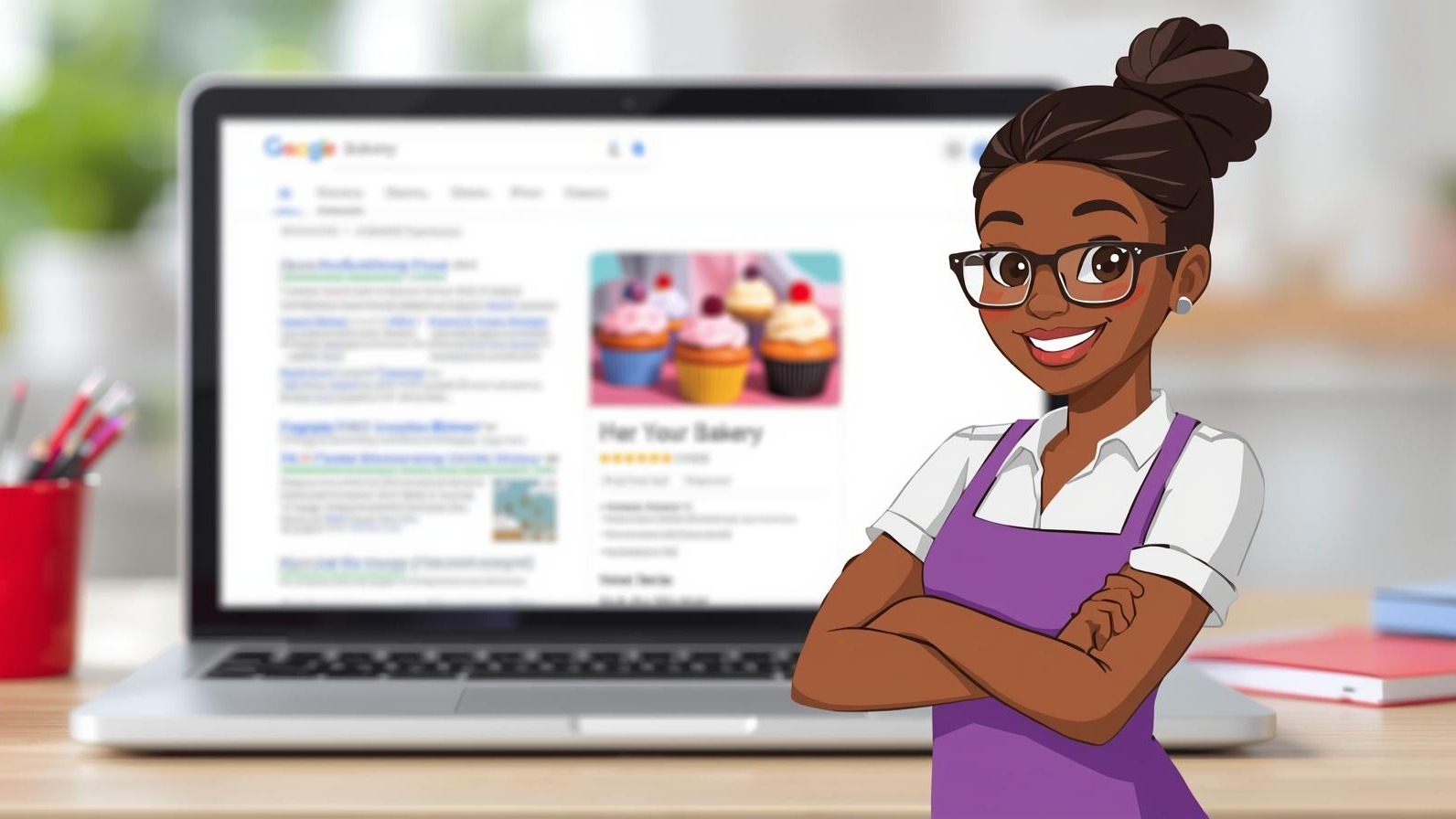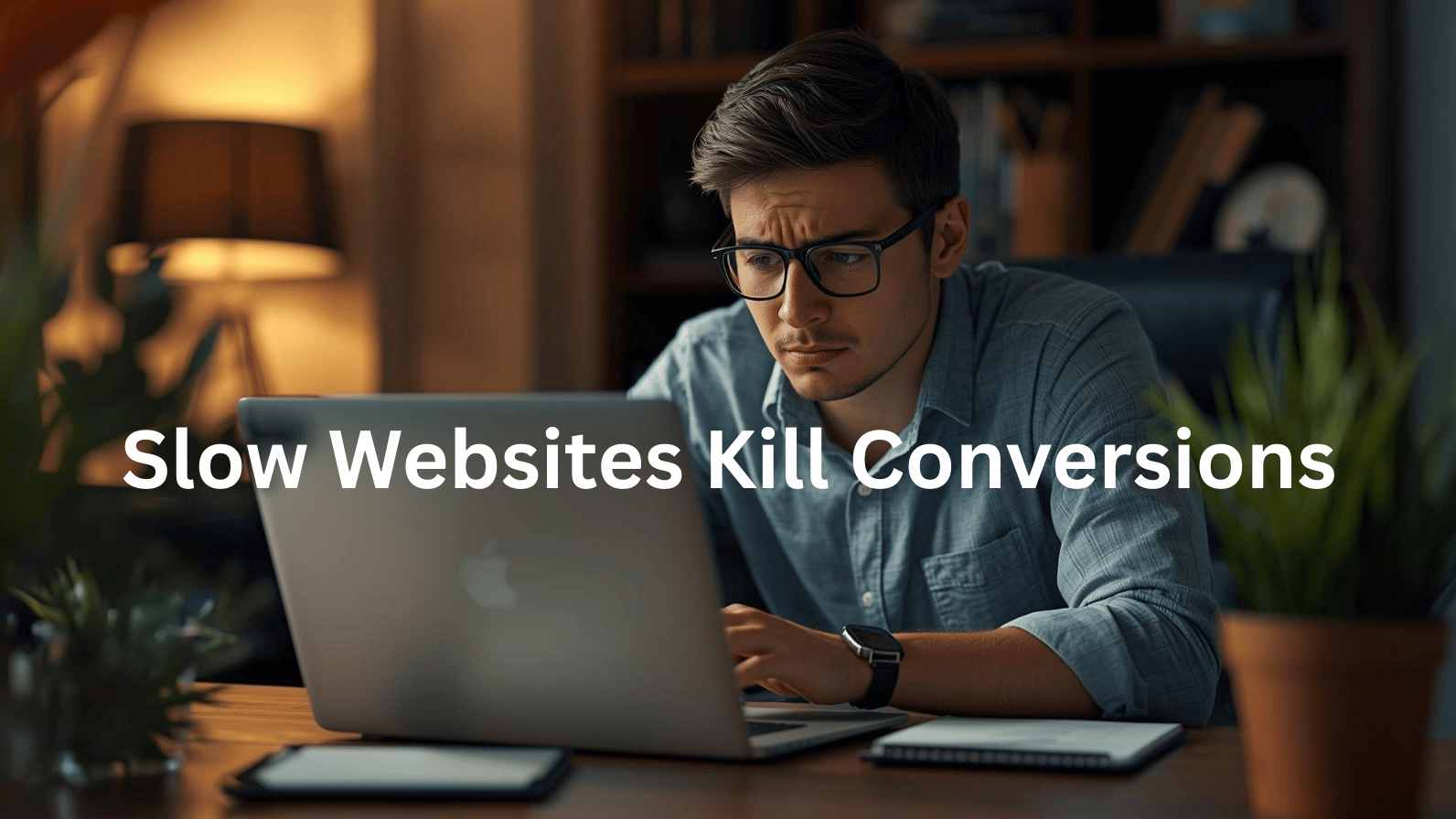Imagine you're at a party, and someone's trying to tell you something in a language you don't understand. Frustrating, right? That's exactly how Google feels when websites don't speak its language - the language of search intent. Today, I'm going to show you how to become fluent in this essential digital marketing skill and transform your website into a customer-attracting powerhouse!
Key Takeaways
Search intent is like a digital mind reader - it helps you understand exactly what your customers want when they type something into Google
Companies that align their content with search intent see up to 45% higher click-through rates and 30% better conversion rates
There are 4 types of search intent: think of them as the "why" behind every search
Understanding search intent can double your organic traffic within 6 months
76% of successful businesses prioritize search intent in their content strategy
Let's start with a story that perfectly illustrates why this matters...
Meet Sarah, a local bakery owner in Portland. She was frustrated because despite having the best cupcakes in town (seriously, they're amazing!), her website wasn't showing up in Google searches. She was using all the right keywords - "best cupcakes," "custom cakes," "Portland bakery" - but still nothing. Why? Because she wasn't speaking Google's language of search intent.
What Is Search Intent? (In Plain English, Please!)
Think of search intent as the "why" behind every Google search. It's like being a mind reader for your customers. When someone types something into Google, they're not just entering random words - they have a specific goal in mind.
Let's make this super clear with an everyday example. When you're hungry and search for "pizza," Google doesn't just randomly show you results. It tries to figure out exactly what you want:
Are you looking to order a pizza right now? 🍕
Do you want to learn how to make pizza from scratch?
Are you trying to find the best pizza place in your neighborhood?
Or maybe you're just trying to get to Pizza Hut's website?
This is where search intent comes in - it helps Google understand exactly what you're looking for, so it can give you the most helpful results.
Why Should You Care About Search Intent? (The Money-Making Part! 💰)
Here's why this matters for your business: According to recent studies, websites that nail search intent see:
45% higher click-through rates
30% better conversion rates
25% increase in time spent on page
50% reduction in bounce rates
Think about it - when you give people exactly what they're looking for, they stick around longer and are more likely to become customers. It's like having a store clerk who knows exactly which aisle to direct customers to!
The Four Types of Search Intent (Made Super Simple)
1. Navigational Intent: "I Want to Go Here"
Think of this as someone trying to find a specific website or page. It's like using Google as a GPS for the internet.
Example:
What people type: "Facebook login" or "Nike store"
What they really want: To get to a specific website
How to optimize for it: Make sure your brand pages are easy to find
2. Informational Intent: "I Want to Learn"
This is when someone wants to learn something new. They're in research mode, like a student before an exam.
Example:
What people type: "how to make sourdough bread" or "what is keto diet"
What they really want: Knowledge and understanding
How to optimize for it: Create detailed, helpful content that answers specific questions
3. Commercial Intent: "I'm Thinking About Buying"
These searchers are shopping around, comparing options before making a decision.
Example:
What people type: "best running shoes 2024" or "iPhone vs Samsung"
What they really want: To compare products and make the best choice
How to optimize for it: Create comparison content, reviews, and detailed product information
4. Transactional Intent: "I Want to Buy Now"
These people have their credit cards ready - they're looking to make a purchase!
Example:
What people type: "buy MacBook Pro" or "order pizza delivery near me"
What they really want: To make a purchase
How to optimize for it: Make your purchasing process smooth and obvious
See How Digital Marketing All Can Drive More Traffic to Your Website
Brand Voice Strategy – Let our team help you create your brand voice to attract your ideal customer.
Market Growth Opp Research – Let our team show you where you can gain additional traffic that you are missing.
Local SEO - unlock more SEO traffic. See real results. Dominate your local market.
Dominate Google – Let us get your company to the top of Google.
Competitive Link Analysis – Know what your competitors are doing.
Geo-Targeting – Let us find your customers in your desired location.
Content Marketing - Our team creates epic content to be shared, generate links, and attract traffic. We know the secret recipe for success.
Paid Media Advertising- effective paid strategies with clear ROI. You pay per result with us.
Search Box Optimization—Owning a keyword in your local area is the best way to dominate your local market.
How to Discover Your Audience's Search Intent (Like a Pro!)
1. Use Google's Free Tools
Google gives you tons of clues about search intent right in the search results:
"People Also Ask" boxes
Related searches at the bottom of the page
Auto-complete suggestions
Pro Tip: Type your main keyword into Google and see what questions appear in the "People Also Ask" section. These are gold mines for understanding what your audience wants to know!
2. Analyze the Top Results
Look at what's already ranking well for your target keywords. Are they:
How-to guides?
Product pages?
Comparison articles?
Direct purchase options?
This tells you exactly what Google thinks people want to see for those searches.
3. Listen to Your Customers
Pay attention to:
Questions they ask in emails
Comments on your social media
Customer service inquiries
Reviews and feedback
These are real-world clues about what people want to know!
Making Your Content Match Search Intent (The Action Plan!)
1. Update Your Existing Content
Review your top-performing pages
Add missing information that matches search intent
Update titles to better match what people are searching for
Success Story: A local gym updated their content to match search intent and saw their traffic increase by 89% in just three months!
2. Create New Content Strategically
For each piece of content, ask:
What problem is my audience trying to solve?
Which stage of the buying journey are they in?
What format would be most helpful (video, article, comparison chart)?
3. Optimize Your CTAs (Calls to Action)
Match your CTAs to the search intent:
Informational → "Learn More" or "Download Our Guide"
Commercial → "Compare Plans" or "See Features"
Transactional → "Buy Now" or "Get Started"
Common FAQs About Search Intent
Q: How long does it take to see results from optimizing for search intent? A: Most businesses see improvements within 3-6 months, but some see changes as quickly as a few weeks.
Q: Do I need to create separate content for each type of search intent? A: Yes! Different intents need different approaches. One size doesn't fit all in search intent optimization.
Q: How often should I update my content for search intent? A: Review your content quarterly, but monitor performance monthly to catch any significant changes in search patterns.
You're now equipped with everything you need to start speaking Google's language of search intent! Remember, this isn't just about rankings - it's about connecting with your audience and giving them exactly what they're looking for. When you do that, the sales and success naturally follow.
I hope you enjoy reading this blog post. If you want my team to just do your marketing for you, click here.
 Add Row
Add Row  Add
Add 








Write A Comment